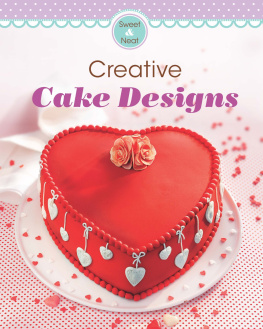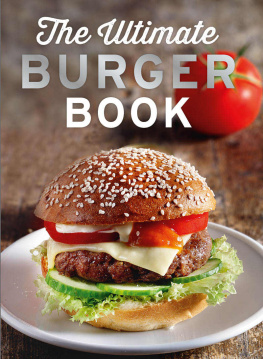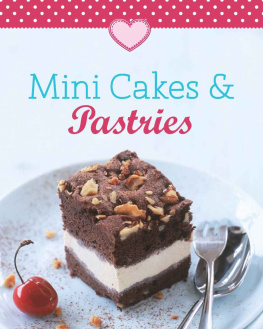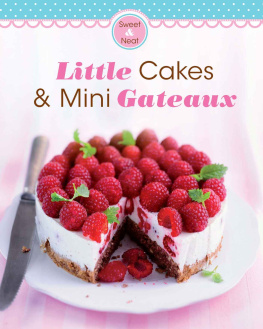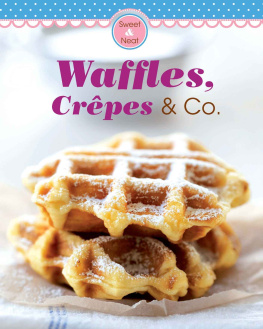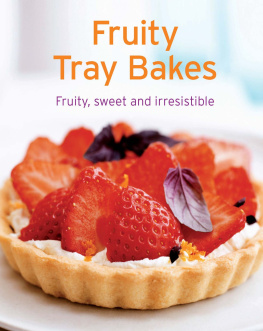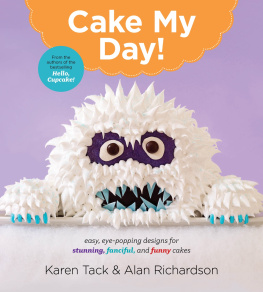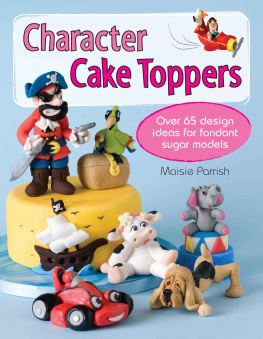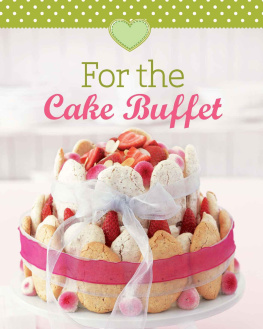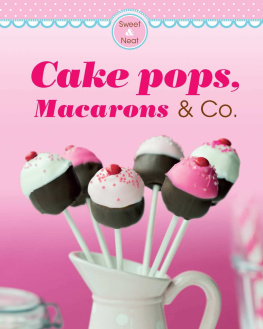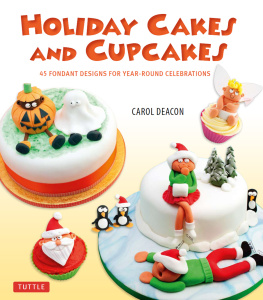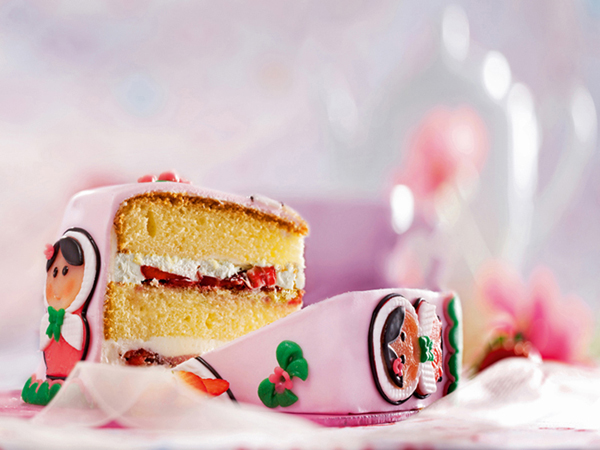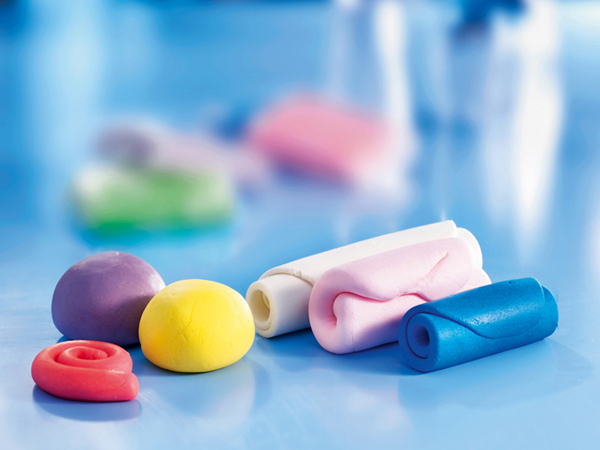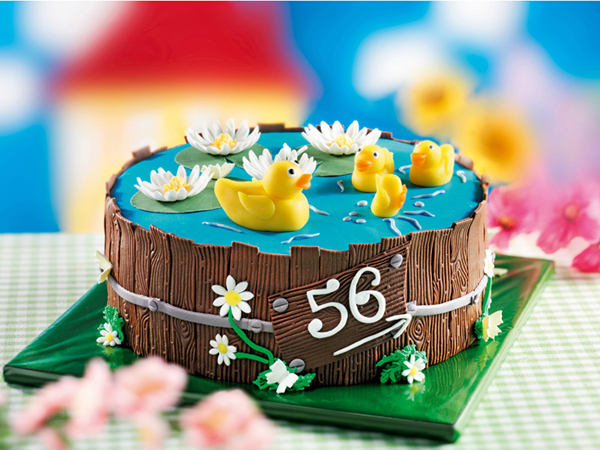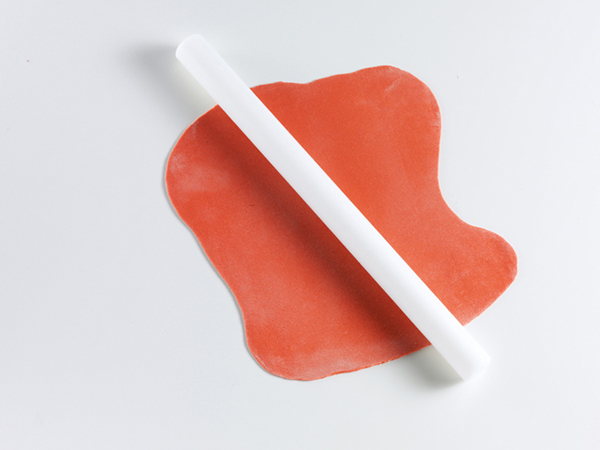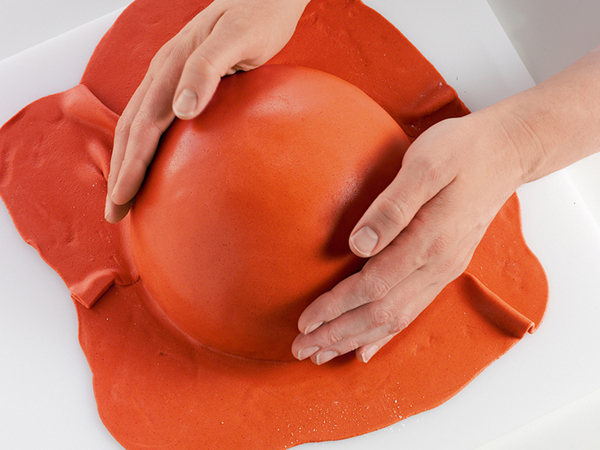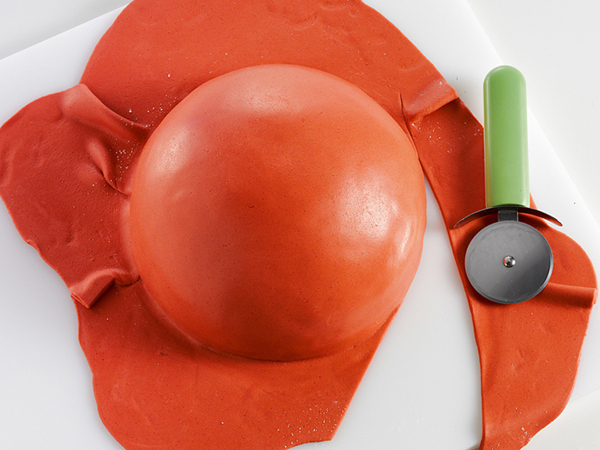Contents
Creative
Cake Designs
Bright, cheerful and festive who can resist the allure of our tempting cake designs! In this carefully designed book, we show you how easy it is to craft these sugary and sweet miniature artworks. Choose from nostalgic designs for romantics, lucky charms with a cute piglet theme, a scary Halloween look or glamorous designs for weddings and other celebrations our original cakes will be a resounding success for every occasion!
Creative
Cake Designs
Naumann & Gbel Verlagsgesellschaft mbH,
a subsidiary of VEMAG Verlags- und Medien
Aktiengesellschaft
Emil-Hoffmann-Strae 1, 50996 Cologne (Germany)
www.vemag-medien.de
Cover photos: TLC Fotostudio
Translation from German: Suzanne Kirkbright for
SAW Communications, Dr. Sabine Werner, Mainz
Realisation of the English edition:
SAW Communications, Dr. Sabine A. Werner, Mainz
Complete production:
Naumann & Gbel Verlagsgesellschaft mbH
All rights reserved
ISBN 978-3-8155-8777-5
Creative masterpieces
A homemade cake is a perfect way to show someone how much you appreciate them a handcrafted design will make a unique gift. Lots of your time, patience and effort went into baking and modelling your miniature masterpieces and your reward is creating the centrepiece of the party. The host and recipient of your cake and guests will certainly be delighted with the stunning design and delicious-tasting cake.
But baking the cake and dreaming up decorative motifs is no magic trick! You will need a firm sponge base and a layer of buttercream or mascarpone, ganache, ready to roll fondant and, if necessary, some other accessories and useful tools to help you decorate the cake.
If you have the right combination of basic materials and put in a little practice, youll make a success of cake decorating and you will most certainly create some fabulous and original artworks to tempt everybody who adores eating beautifully designed cakes!
Ready to roll fondant, ganache and other icing
Fondant icing is the main ingredient for baking creative cakes and modelling novel motifs. This soft and pliable sugarpaste is ideal for covering cakes as well as for creating decorative details like flowers, leaves, frills and trims, hearts, mini charakters or other shapes.
You can make fondant icing yourself. But it is also possible to buy ready-to-rol fondant in various colours and different flavourings. Plain fondant icing can easily be coloured with pastel shades, depending on your choice of design.
The right base layer
To ensure that fondant sticks to the surface of the cake, it is best to use a thin and sticky layer like apricot glaze or a transparent sugar glaze. Better still, you can use ganache or buttercream to stabilise the fondant. The advantage of these layers is that they level out any uneven areas or slight dents.
Ingredients that are acidic or have high water content like quark or cream are less suitable to stabilise fondant, as they may soften it.
Ganache
Ganache is a rich and firm cream made from chocolate combined with cream (sometimes it also contains butter) and it is ideal for filling and coating gateaux. To make a ganache, first heat the cream and melt chocolate in it. Then, beat the ingredients for several minutes. Before using the ganache, you should chill the mixture in a cool place to ensure the right consistency.
To cover the cake, the ganache should be at room temperature. Also, make sure the cake is properly cooled before filling or spreading the ganache layer.
Most cakes with special decorating motifs need a flat surface, so you may need to first level the top. Afterwards, take a long knife or palette knife and slice the cake horizontally or in several layers to thinly spread the ganache over the sponge. Then, join the sponge layers again so they are stacked on top of each other. You may prefer to switch the top and bottom sponge layer to get an even flatter surface.
To cover the cake, first spread the ganache onto the side of the cake with an angled palette knife or spatula and smooth over using a scraper or smoother. Then, spread the ganache over the top, smooth over and remove any excess cream with a knife. Keep the ganache layer as smooth as possible, otherwise later you will notice dents on the fondant.
Kneading and rolling out fondant
Before you can work with fondant icing, leave it to rest for about two hours at room temperature. Then, knead the fondant with slightly greased hands so it becomes pliable. It is important to knead all the fondant in a uniform mass. Avoid folding over the edges to ensure an even surface.
After kneading, lay the fondant on a silicone mat or work surface dusted with cornflour and use a rolling pin or silicone non-stick fondant rolling pin to roll out a thin square of icing (even for round cakes!). The size of the rolled fondant should be slightly larger than the cake.
Covering cakes with fondant
To cover a cake you need about 250 g of ready to roll fondant. Gently wrap the fondant over a rolling pin and unroll in position over the cake. Start unrolling from the bottom edge of the cake. Using your hands, carefully smooth the fondant from the centre of the cake outwards and down the sides if any air bubbles emerge, pierce them with a pin and then smooth over. Lightly press down the fondant on the cake surface and sides and, if necessary, use the scraper or fondant smoother to level the surface.
Finally, cut away any excess fondant at the base of the cake using a pizza roller, but take care not to pull the fondant otherwise it may tear.
Fixing decorations
Decorations made from ready to roll fondant such as cut-out designs, specially shaped mini characters, frills and trims as well as other decorations like decorative hearts, flowers or sugarpaste petals etc. can easily be fixed using apricot glaze, sugar glaze or water (not too much!). You can then stick the different decorations to the surface of the fondant.
You can also use beaten egg white or royal icing to fix your decorations. To make royal icing use 300 g icing sugar with a dash of lemon juice and 1 egg white, and beat the ingredients for 56 minutes with the hand mixer on the highest setting. For coloured royal icing, simply add a little powdered colouring to the ingredients and continue to beat the mixture. Afterwards, fill a piping bag (with small nozzle) with the icing then, it is on hand if you need to fix or decorate something.
Creating stencils
If you dont have the right cutter for your special design, you can use a stencil or relief template instead. Simply draw your chosen design on a piece of cardboard and cut it out. Afterwards, place the template on the fondant and carefully trace the contours with a sharp knife.

